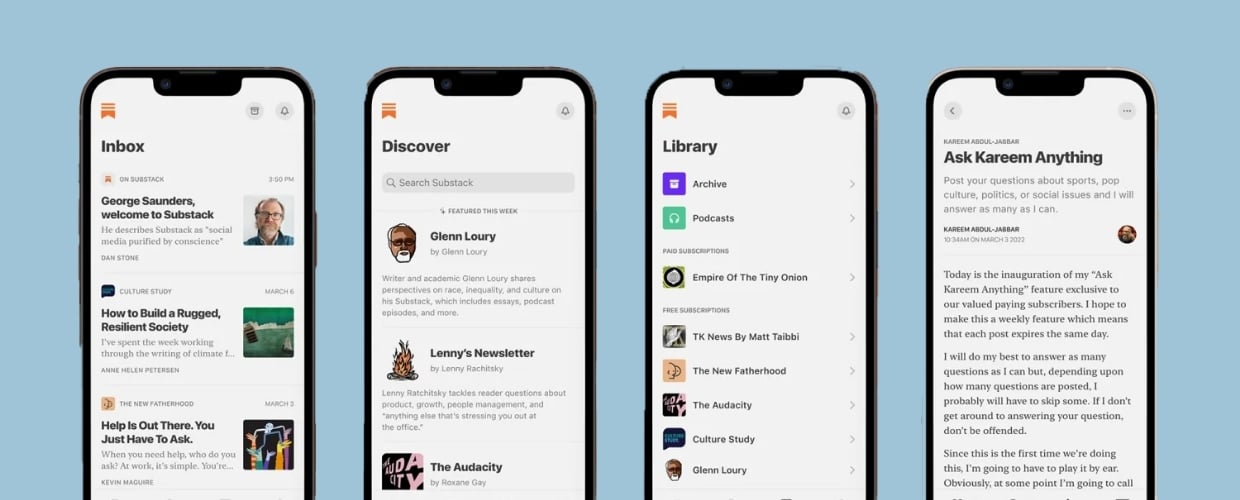Effective communication and engaging storytelling are second nature to marketing and PR professionals. However, as industries evolve, audience preferences shift and client goals realign, meaning communication methods must follow suit.
Whether it's responding to a crisis, launching a product, or simply sending out a company-wide memo, the pressure to communicate something grand can often make us lose sight of the goal of our message. In most cases, brevity is key.
Our team recently attended a webinar presented by Axios on Smart Brevity, the idea of sharing information in as few words as possible to capture attention quickly and communicate effectively. While this concept isn't new, it's worth revisiting to see how your current communication methods stack up. Here are a few of our takeaways for applying these techniques to a modern marketing strategy:
What is your one thing?
It's often said that when communicating with your intended audience, do so as if they were only to remember one idea. One thing! It can be tempting to rely on buzzwords or flowery language to capture attention, but those won't make the sale. What is the one thing you want your audience to remember?
In the case of media relations, for example, that one thing can be amplified in a big way. In email pitches, reporters often only read subject lines or the first line of a pitch - if they open it in the first place. According to the State of Journalism 2021 survey, 91% of journalists prefer pitches under 200 words, with 25% preferring under 100. So, ensuring the reason the reporter should open your email is front and center is crucial.
Whether it's an expert source prepared to comment on breaking news or an upcoming event that the reporter will likely want to attend, don't bury the lede! Get to the point and make your one thing the star of the show.
Talk to me
During the Smart Brevity webinar, one of the participants remarked, "…we are not computers or algorithms, nor are we communicating to computers or algorithms." While that concept is blatantly obvious, company messages don't always follow that advice.
Some brands have perfected the art of relatability, especially on social media. Messaging software company Slack engages its audience through a casual tone of voice, simple productivity tips, and interactive posts that are a joy to read.
Action camera company GoPro is also well known for its content on Instagram. While the visual-based platform lends itself to being brief, the company's mix of POV videos and stunning images of its products in use underscores its value with one simple scroll.
Using big words, industry-specific lingo, or confusing diagrams can quickly make your audience lose interest. Talk to them like they're humans because, well, they are.
Short, not shallow.
Another critical benefit of Smart Brevity is that it can prevent you from talking yourself out of a sale. For a charismatic sales team eager to share the benefits of a new product, oversharing or making assumptions can be easy to do. The same concept applies to your marketing team, particularly in content development.
Does your owned content go deep into the weeds of industry specifics that aren't that relevant to everyone? You might have a brevity problem.
Under Smart Brevity, organize content under one idea (the one thing!) Take a clear stance, back it up with relevant examples, provide accurate data, then wrap it up. The Smart Brevity founders define this as keeping it "short, not shallow."
Once you have communicated the value and your intended audience has bought in, stop.
From launching a global campaign to everyday communications with colleagues, the principles of Smart Brevity remain the same. It's not a shortcut; it may even take longer, but the end product is far better.
So, does your company's current communications strategy pass the test? Are you prepared to optimize your message to reach your audience in new and better ways? Get in touch with us today.





